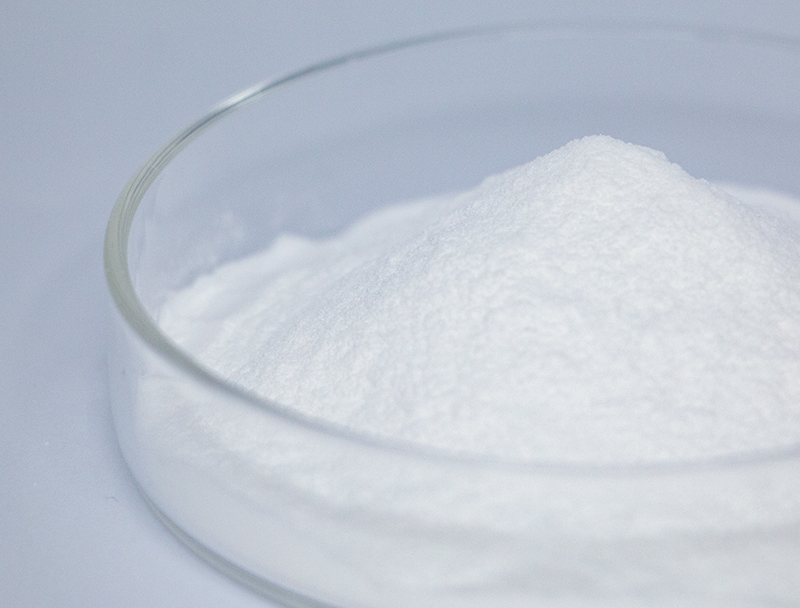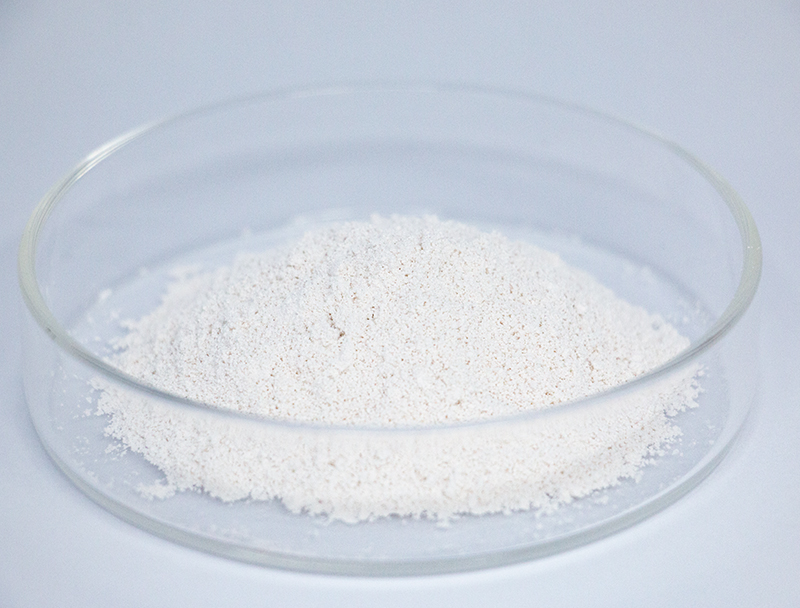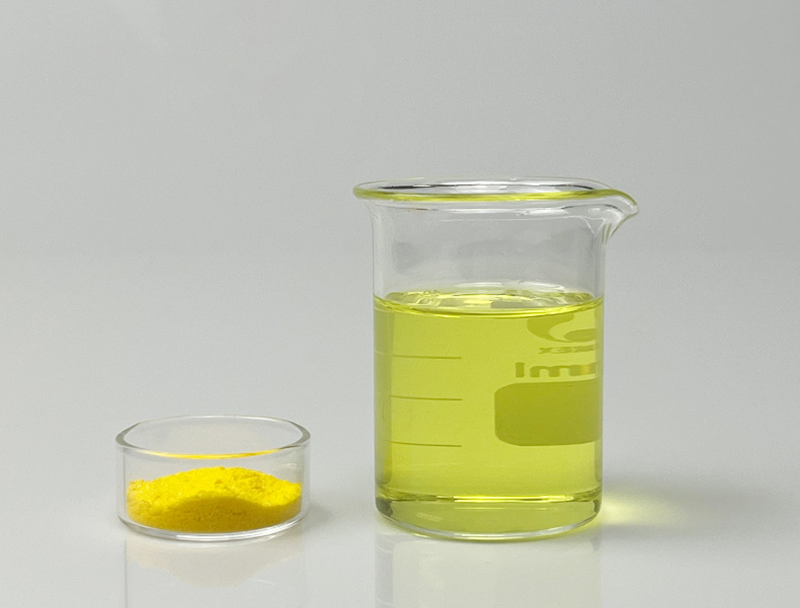
Advanced biosystems are built around a wide assortment of biomass sources to yield progressive bio-based commodities.
Preserving the sustainable sourcing of these resources is indispensable to sustainable success and conscientious scaling.
various risks tied to conventional feedstock acquisition like ecosystem disruption and unsustainable harvesting. Hence, stakeholders must deploy sustainable supply practices to minimize environmental costs.
- Cases of responsible feedstock strategies feature:
- Harnessing secondary biomass from farming outputs
- Adopting looped production models to decrease loss and amplify reuse
- Building relationships with nearby vendors dedicated to moral sourcing
Moving toward responsible sourcing creates ecological improvements and economic resilience.
Upgrading Feedstock Traits for Better Biofuel Performance
Enhancing biofuel output is grounded in superior feedstock characteristics. Experts maintain efforts to discover ways to maximize feedstock value, producing improved fuel yields and a lower-carbon energy pathway. Programs combine genetic improvement for biomass productivity with conversion technologies to access fermentable substrates.
- In addition, projects pursue feedstocks like algae, waste fractions, and harvested residues to enlarge the selection of eco-friendly biomass for bioenergy.
- Through these continuous efforts, the field of biofuel production is poised to make significant progress in the coming years, paving the way for a more renewable energy landscape.

Next-Generation Upstream Methods in Biopharmaceuticals
spans early manufacturing steps including propagation and cell separation Contemporary breakthroughs have refined protocols and elevated product throughput.
Salient improvements involve specialized expression hosts, fine-tuned media strategies, and next-gen bioreactor concepts. The improvements increase output while decreasing cost structures and sustainability impacts.
- Also, evolving practices favor continuous flow processing which supports more agile upstream control.
- Embracing sophisticated manufacturing strategies is poised to change industry norms and shorten development cycles.

CRISPR and Beyond: Improving Biopharma Production
innovations in genome-editing toolsets have enhanced biopharmaceutical manufacturing. Via deliberate gene edits, teams amplify protein expression for higher yields. The technique provides opportunities to manufacture economical, high-yield therapeutics for varied indications.
Microbial Biotechnology as a Sustainable Cleanup Strategy
novel biological remediation techniques leveraging microbial metabolisms for pollution control. Microbial communities can biotransform hazardous materials into lower-risk substances. Harnessing microbe-based degradation fosters cleanup tactics that minimize environmental disruption and residual waste.. Analysts explore microbial consortia for targeted removal of metal toxins, pesticide residues, and petroleum contaminants.. Microbial cultures can function in contained bioreactors or be deployed onsite to facilitate biodegradative remediation..
Using microbes for cleanup carries distinct advantages compared with chemical or physical remediation approaches. The approach tends to lower treatment costs and avoids producing toxic residuals. Also, microbial interventions offer targeted remediation that minimizes collateral ecosystem disturbance. Work in this area evolves rapidly to optimize the success rates and scalability of bioremediation solutions.
Leveraging Bioinformatics for Novel Therapeutics
Data-driven bioinformatics is critical for modern pharmaceutical innovation. From predictive screening to lead refinement, computational biology underpins more efficient drug pipelines.
- By analyzing vast datasets of genomic, proteomic, and clinical data, bioinformaticians can uncover novel drug targets and predict the activity of potential therapeutics.
- Moreover, bioinformatics contributes to drug design by simulating the interactions between drugs and their targets, ultimately leading to the development of more effective drugs.
- In summary, bioinformatics overhauls pharmaceutical R&D and quickens the path to safe therapeutics for patients.
Optimizing Metabolism to Increase Bioproduct Production
deploys several tactics to elevate cellular production of valuable biochemicals. Tactics can encompass genetic engineering to reconfigure metabolism, promoter modulation to adjust expression, and pathway insertion to enable new reactions.. Via targeted metabolic optimization researchers can meaningfully escalate production of desired biochemicals.
The multifaceted strategy promises to reshape sectors like biotech, agritech, and renewable fuel industries.

Challenges and Opportunities in Scaling Up Biopharmaceutical Production
Transitioning to higher volumes entails serious complications and potential rewards. Retaining quality standards during scale enlargement is a core difficulty. Meeting the need calls for dependable control systems, granular monitoring, and cutting-edge analytical methods.

Also challenging is the layered complexity of biomanufacturing encompassing numerous sequential steps.. Reengineering workflows for mass production involves rigorous R&D and inventive technology deployment.. Yet, the returns can be substantial. Achieved scale can widen availability of treatments, lower manufacturing costs, and boost financial returns.
A range of strategies is being implemented to address scaling problems. Approaches include cutting-edge process optimization tech, comprehensive analytics for control, and disruptive manufacturing designs.
- Research and development activities are central to evolving manufacturing capacity.
- Regulatory bodies are modernizing pathways to accelerate approval of advanced production technologies and support innovation.
Navigating the Regulatory Landscape for Biopharmaceuticals: Ensuring Safety and Efficacy
Advancing biopharmaceuticals involves heavy regulatory scrutiny to secure product safety and proven efficacy. Living-source therapeutics present distinct obstacles in regulation and production relative to classical drugs.
Institutions such as the U.S. FDA and European EMA lead in formulating regulations and benchmarks for biologic L-arginine-α-ketoglutaric acid approvals..
Stringent experimental and surveillance testing occurs across the entire development-to-market continuum. Such safeguards are intended to detect hazards and ensure therapeutics adhere to top-tier safety benchmarks..
In addition, regulatory entities adapt their frameworks to stay current with rapid research and technological developments.. Initiatives cover incorporating new methods and supporting faster development while ensuring patient protection.

Plant-Derived Feedstocks as a Route to Sustainable Bioplastics
Increasing interest in sustainable materials spurs innovation in renewable resource development. Bioplastics derived from plant biomass provide a viable route to more sustainable plastic alternatives. Plant inputs like corn-derived starch, cellulose derivatives, and sugarcane can be turned into degradable plastics that lessen environmental burdens.
Concurrently, several bioplastic formulations approximate conventional plastic traits and serve wide-ranging applications. Persistent innovation will be key to advancing plant biomass into mainstream bioplastic manufacturing for a circular future.
Biotechnology Driving Advances in Health and Agricultural Stability
Biotech innovations hold promise to dramatically impact health and the reliability of food systems. Via genetic modification, synthetic design, and therapeutic cell technologies, researchers build solutions to control infections, increase crop productivity, and enrich food quality.. Consider genetically enhanced crops that resist pests and environmental stresses to improve production and reduce pesticide reliance.. Furthermore, biotechnology supports creation of vaccines, therapeutic agents, and advanced diagnostics that strengthen responses to infectious threats and enhance health outcomes.. Continued scientific progress suggests biotechnology will increasingly underpin healthier, more sustainable societies worldwide.
